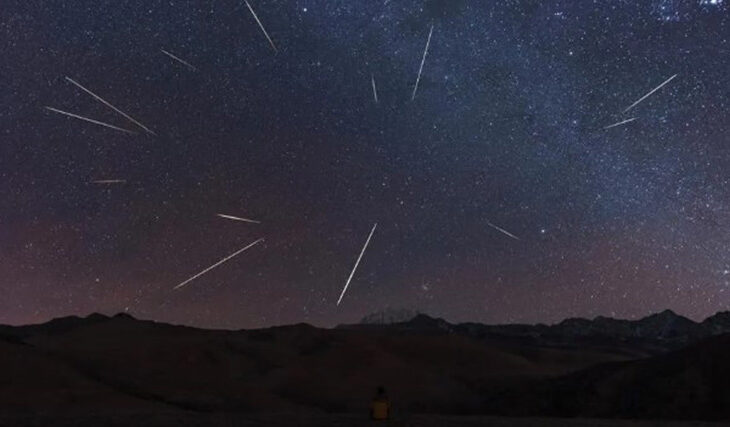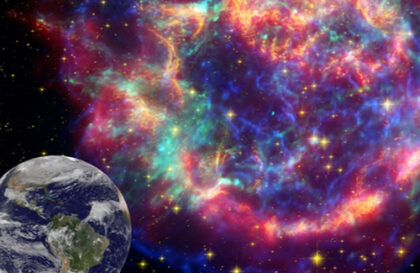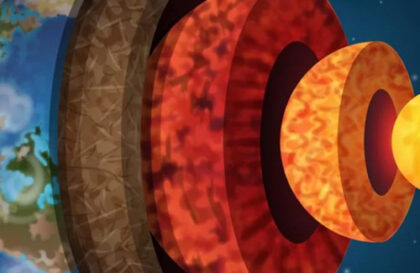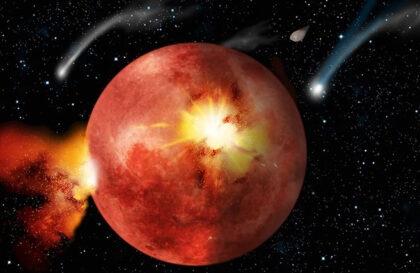The forecast for future astronomical events involves a rare sight: the imminent collision of two massive bodies in space, the Moon passing in front of Venus, and the predicted meteor shower known as the autumn Leonid shot.
Under the most favorable circumstances, a maximum of ten meteors per hour can be observed.
In November 2023, the inhabitants of the Earth will have the opportunity to witness several intriguing astronomical events at the same time.
An event is visible on the horizon; the meeting of two massive planets is inevitable. The first planet, Jupiter, will oppose the Sun on November 3. Following this, on November 13, Uranus will also oppose the Sun.
During the day on November 9, there will be a moment when Venus will be blocked by the Moon, which will be visible in the sky from parts of Africa, Europe, and Greenland. Venus will be hidden behind the Moon in the constellation Virgo. Although this phenomenon will be visible to the naked eye, it will be even more fascinating if viewed through a telescope or binoculars.
On November 18, Mars will be in conjunction with the Sun. This date also marks the zenith of the Leonid meteor shower, best viewed after midnight in your local time zone. Under ideal conditions, you can see up to ten meteors per hour. The illuminated crescent will have 25% visibility, but this will not prevent viewing of this spectacular event. This meteor shower will be easily visible in both hemispheres.
Banner image: The Leonid meteor shower is famous for producing meteor storms in 1833, 1866, 1966, 1999, and 2001.Credit: GETTY IMAGES
Image credit:
https://www.forbes.com






